Nikolay Lebedev. Thunderstorm Romanian 1st Panzer Division
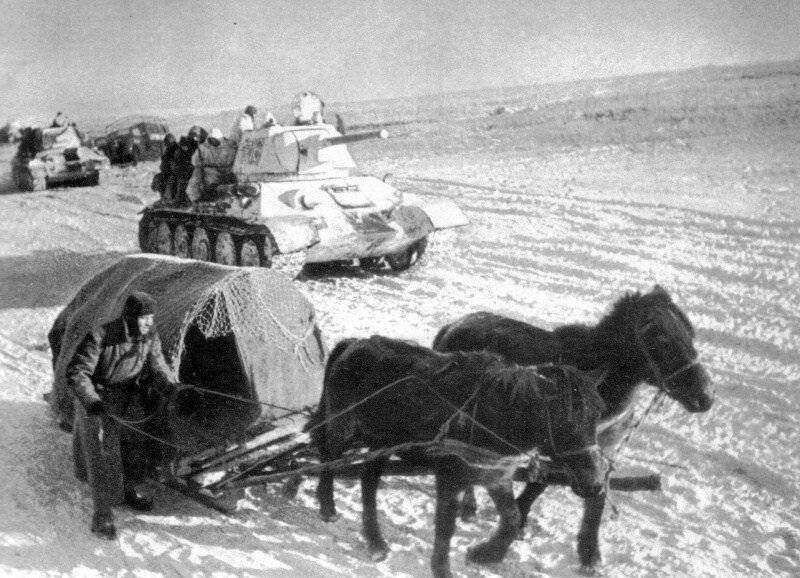
Soviet tank aces. Nikolai Aleksandrovich Lebedev was especially distinguished during the battles surrounding the group of German troops near Stalingrad. Together with units of the 69th Tank Brigade, Senior Lieutenant Nikolai Lebedev took part in Operation Uranus, making his way with his fellow soldiers to the city of Kalach-on-Don. For five days of offensive battles in November 1942, a brave tank officer destroyed 17 tanks, and in total, the Soviet tank ace had 28 disabled enemy tanks and self-propelled guns. Unfortunately, the tanker died on November 23, 1942 in a battle near the Platonovsky farm. On February 4, 1943, Nikolai Lebedev was posthumously awarded the title Hero of the Soviet Union.
Nikolay Lebedev - Certified Hydraulic Engineer
The future tanker and Hero of the Soviet Union Nikolai Aleksandrovich Lebedev was born on August 5, 1914. His parents were ordinary peasants who lived at that time in the small village of Vdovino, which today is territorially related to the Chukhloma district of the Kostroma region. The First World War and the ensuing civil war in Russia, as well as the onset of urbanization and industrialization, launched serious flows of internal migration in our country, when the inhabitants of villages and villages reached for work in the cities.
The family of Nikolai Lebedev was no exception. After completing the seven-year Chukhloma school, Nikolai, together with his mother and two sisters, moved to live in Kronstadt. Here, not far from Leningrad, the father of the family was already working as a house painter at a local marine plant. Like many of his peers, Nikolai continued his studies with the aim of further employment at the plant. Already in Kronstadt at the age of 14, he entered the factory school at the factory in which his father worked. After graduating from college in 1932, Nikolai Lebedev received the profession of a fitter. Having received his education, he began to work in the 9th workshop of the Kronstadt Marine Plant, financially helping his family and at the same time enrolling in the evening department of the working faculty of LIIVT - the Leningrad Institute of Water Transport Engineers.
The Soviet youth of the 1920-1930s generation was, in a good way, greedy for getting an education and used all the opportunities, if any, to study. The benefit of education has become available to the general public. In 1935, after completing his studies at the labor department of LIIVT, Nikolai entered directly to study at the institute. After completing the third year, LIIVT, as a student, underwent practical training in Murmansk at a local marine plant, and already in 1939 he successfully completed his undergraduate practice in survey party No. 19 of the Stalingrad technical section of the Volga Basin Management Route.
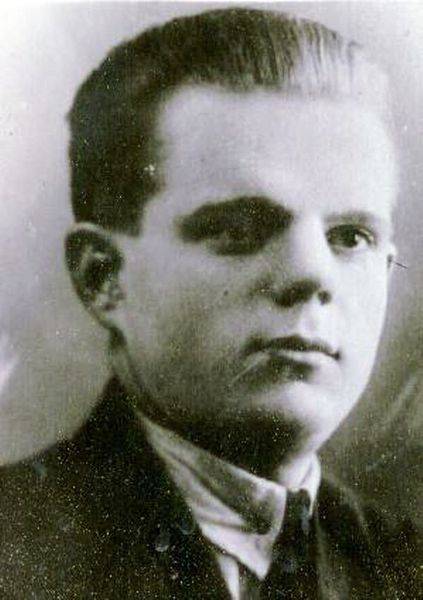
In 1940, Nikolai Aleksandrovich Lebedev successfully defended his diploma and graduated from the Leningrad Institute of Water Transport Engineers, becoming a certified specialist - a hydraulic engineer. The topic of the thesis of the future tanker sounds quite monumental today: “Connection of the Oka and the Don.” Fate decreed that it was precisely in the battles on the way to the Don that Nikolay Lebedev immortalized his name in stories, folding his head in a grand battle around the 300th group of German and Romanian troops near Stalingrad in November 1942. The operation "Uranus" near Stalingrad, successfully carried out by the Soviet troops, became a fundamental turning point during the entire Second World War.
On the way from engineers to tankers
Almost immediately after graduation, in the summer of 1940, Nikolai Aleksandrovich Lebedev was called up to the ranks of the Red Army. Specialists with higher education, especially technical specialties, were needed in the army like air. The country's armed forces, which every year received more and more sophisticated weapons, equipment and military equipment, needed a large number of well-trained rank-and-file personnel and commanders.
Naturally, scattering valuable personnel would be a crime, so Nikolai Lebedev was quickly identified in the tank troops. In March 1942, Nikolai Alexandrovich successfully completed his studies at the Leningrad armored courses and was sent to Voronezh as part of the 4th Panzer Corps being formed here. It is worth noting that the Leningrad armored courses in September 1941 were evacuated from Leningrad to Magnitogorsk in the Chelyabinsk region. Already in 1943, the courses were renamed the Higher Officer Armored School, giving the educational institution the name of the People's Commissar of Foreign Affairs of the USSR Vyacheslav Molotov.
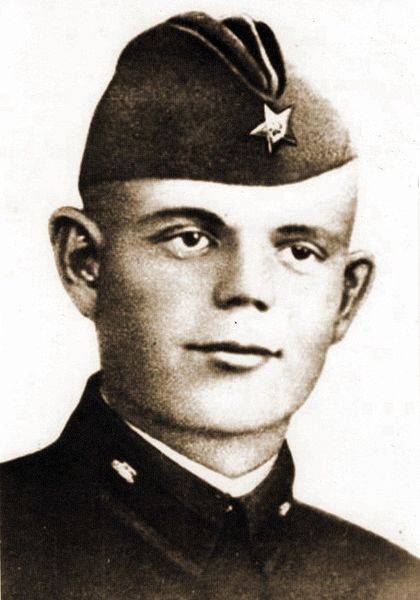
Arriving at the disposal of the 4th Panzer Corps, Nikolai Lebedev took part in the heavy summer battles of 1942. At the end of June, realizing the plan of the summer campaign on the Eastern Front, German troops launched a large-scale offensive against the troops of the Bryansk and South-Western fronts. The enemy offensive developed successfully and required active countermeasures from the Soviet command. Trying to thwart the advance of German troops, several counter-attacks were organized at the front involving tank formations. So, in order to defeat the German XXXXVIII tank corps of General Game, who managed to break into the Gorshechny area, the Soviet command created a special operational group of troops, led by Lieutenant General Fedorenko, who at that time was the commander of the armored and mechanized forces of the Red Army.
The operational group included the 17th and 24th tank corps, as well as the 4th tank corps from the Bryansk Front. The task of the 4th Panzer Corps, in which the newly made Lieutenant Nikolai Lebedev began his service, was a joint counterattack with the 24th Panzer Corps from the area of the city of Stary Oskol in a northerly direction. Unfortunately, the Soviet troops entered the battle in a fragmented way, a simultaneous blow of large forces did not work. At the same time, Soviet tankers had to face the new German technology: the Pz IV medium tank and StuG III assault guns, which were armed with a new 75 mm long-barreled cannon, which made it possible to effectively fight Soviet armored vehicles at previously unattainable combat distances for the Germans.
By the end of July 1942, German troops pushed the Soviet tankers and infantry beyond the Don. At the same time, the bulk of the Soviet troops managed to avoid encirclement. Nikolai Lebedev, along with the remnants of the 4th Panzer Corps, retreated to Stalingrad. On the Stalingrad Front, Lebedev continued to serve in the 69th Panzer Brigade, which actively acted against the German troops breaking through to the Volga north of the city. Nikolai Lebedev, along with the brigade, participated in the numerous battles that tankers waged at the settlements of Orlovka, Sirotinskaya, Rossoshka, trying to break through to Stalingrad to join the troops of the 62nd Army, who fought on city streets. Unfortunately, this was not possible. However, during the summer and September battles, Soviet tankmen gained invaluable experience in real battles, which would be very useful to them in November when the Uranus operation began. In the summer battles of 1942, the crew of the tank Nikolai Lebedev knocked out at least 11 enemy tanks.
Nikolay Lebedev - thunderstorm of the 1st Romanian Panzer Division
On November 1, 1942, the 69th Panzer Brigade was withdrawn from direct submission to the front and became part of the 4th Panzer Corps. Together with the brigade, senior lieutenant Nikolai Lebedev, who at that time was also a senior adjutant of the 152nd tank battalion of the brigade (chief of staff), took part in Operation Uranus. Tankers of the 69th Tank Brigade struck in the 21st Army lane, taking part in heavy battles near the village of Gromki, which the enemy turned into a defense node.
The deafening thunder of the artillery cannonade on November 19, 1942 announced to the whole world the beginning of Operation Uranus. As expected, near the village of Gromki, tankers of the 69th tank brigade met fierce resistance from the enemy. The advancing Soviet tanks began to stop in order to fire from a place, instead of a swift attack on the move. Seeing that the tanks were stopping and could become an easy target for the enemy’s anti-tank weapons, the chief of staff of the 152nd tank battalion of the brigade, without hesitating for a second, pulled forward on his tank, firing on the move. The brave tanker succeeded in capturing the main forces of the battalion with him, which allowed him to break into the enemy’s position and formally defeat the enemy. Soviet tanks broke into Gromki, where they defeated the headquarters of two regiments of the 13th Romanian Infantry Division, completely disorganizing the command and ruining organized defense on this site.
Successful actions allowed the fighters of the 4th Panzer Corps on the first day of the offensive to advance 30-40 kilometers into the depths of the defense of the Romanian and German troops, developing the main attack in the direction of the city of Kalach-on-Don. Trying to fend off the breakthrough of the Soviet troops, the Romanian command brought into battle its only mobile reserve - the 1st Panzer Division, which since 1944 will bear the big name "Romania Mare" (Greater Romania). The “Great” division was neither in 1942 nor in 1944, both in composition and quality of weapons, and in fighting spirit. In September 1942, the 1st tank regiment of this division was armed with 109 R-2 light tanks, which are the Romanian version of the Czechoslovak LT vz. 35 tank, as well as 11 medium Pz III tanks and the same number of Pz IVs. In fact, only two companies armed with German medium tanks could fight the Soviet T-34 tanks on equal terms, since the light R-2 tanks were very conditional combat value by that time.
During the offensive to Kalach, the tank of senior lieutenant Nikolai Lebedev was constantly moving as part of the head marching outpost of the battalion. Near the farm Manoilin (today Kletsky district of the Volgograd region) Nikolay Lebedev joined the battle with 15 tanks of the 1st Romanian tank division, knocking out and destroying 10 enemy tanks, and put the rest to flight. In a battle near the Lipov-Logovsky farm (today the Surovikinsky district of the Volgograd Region), Lebedev’s tank entered into battle with 10 enemy tanks. Skillfully maneuvering with his thirty-four, Nikolai Lebedev also emerged victorious from this battle, increasing his combat score by another 7 enemy vehicles that remained stationary in the snowy steppe near Stalingrad. Thus, in just two battles, Lebedev’s crew seriously thinned the battle formations of the 1st Romanian Panzer Division.
Unfortunately, on the fifth day of the offensive, November 23, 1942, Nikolai Lebedev died. By this date, Soviet tankers managed to break through to Kalach and close the encirclement ring around the units of the 6th Paulus Army. At the same time, the fighting did not end there. On November 23, the tank of Nikolai Lebedev, along with two other tanks of his battalion, broke through to the Platonovsky farm (now the 6th kilometer platform is here). It was a blow inside the formed ring in order to expand the boundaries between the internal and external front of the environment. The tankers knocked out the enemy from the farm, but already during the pursuit of the retreating enemy, Lebedev's tank was knocked out. The subsequent story has two finals: either the senior lieutenant was seriously wounded and died from wounds during this battle, or the wrecked tank was surrounded by the enemy and, in order not to surrender to the enemy, Nikolai Lebedev committed suicide.
The deceased hero-tanker at that time was 28 years old. On the combat account of his crew there were 28 wrecked tanks and self-propelled guns of the enemy, 17 of which he chalked up during five days of fighting - from November 19 to 23, 1942. Also, Lebedev's tank destroyed 16 different artillery pieces, 3 mortars, 8 machine guns and a large number of manpower of the enemy and his vehicles. By order of February 4, 1943, Senior Lieutenant Nikolai Aleksandrovich Lebedev was posthumously awarded the title Hero of the Soviet Union. The remains of the hero were buried in a mass grave in the center of Kalach-on-Don.
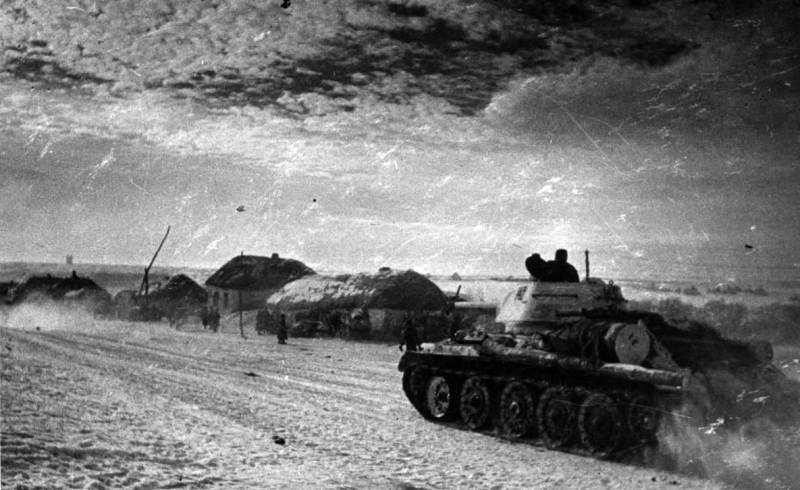
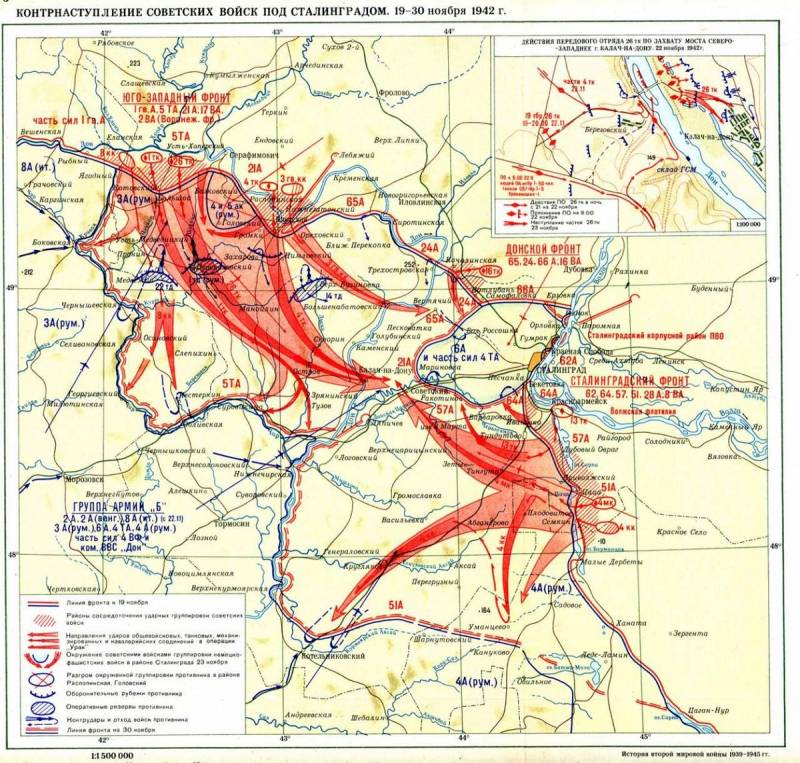
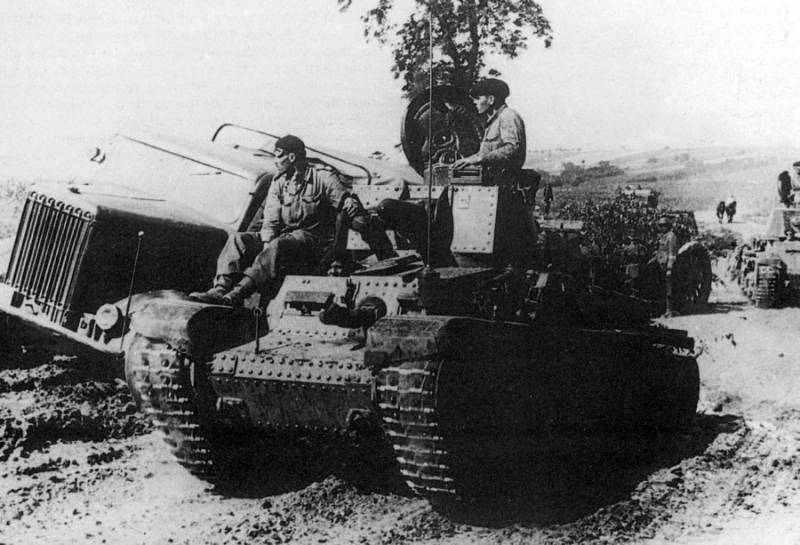
Information